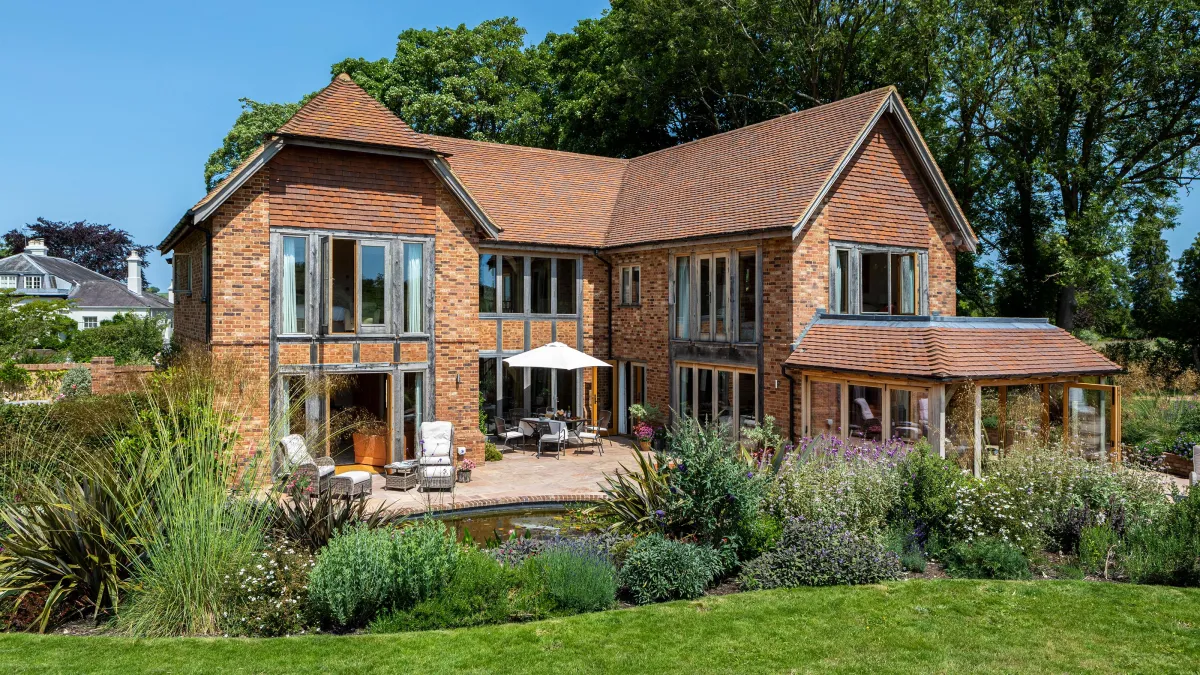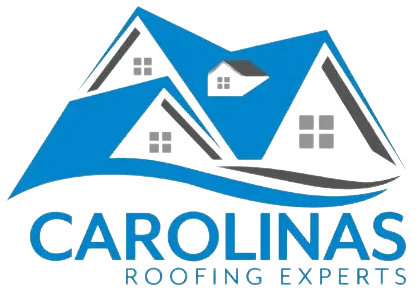What Is a Gable Roof: Everything You Need to Know

Gable roofs are one of the most popular roofing styles in residential and commercial construction today. Any skilled roofing contractor will tell you that these roofs feature two sloping sides that meet at a ridge, creating the classic triangular shape. This guide covers the key aspects of gable roofs, including their basic features, different types, benefits and drawbacks, design elements, and care requirements. Understanding these details helps property owners make informed decisions about their roofing needs.
Definition and Characteristics
A gable roof is easily recognized by its two sloping sides that meet at a ridge, forming a triangular shape at each end of the gable. This classic roof style is well-suited for many buildings, as it provides excellent water runoff and creates additional living space in the attic or upper levels. Gable roofs are popular because they're simple to build, cost-effective, and effective at handling snow and water. You'll commonly see them on homes, barns, and various commercial buildings. The steepness of a gable roof can vary, affecting both its appearance and its performance. Gable roofs provide a timeless and practical solution for various types of buildings.
Types of Gable Roofs
Several variations of gable roofs exist, each with different structures and designs that serve specific purposes in building construction. The most common type is the classic gable roof, which features two sloping sides that meet at a ridge. A Dutch gable roof combines the classic gable with a hip roof, providing extra attic space and enhanced aesthetics. A cross-gable roof features perpendicular gables that meet at a right angle, often found in homes with multiple wings or sections. A front gable roof puts the gable at the front of the building, creating a striking front view. Understanding different gable roof types enables architects and builders to select the most suitable option for specific design needs and style preferences.
Pros and Cons
Examining the advantages and disadvantages of various gable roof types provides architects and builders with valuable information when selecting the most suitable option for a specific project. Gable roofs offer excellent ventilation and effectively shed rain and snow, making them a popular choice. Their simple design also makes construction and maintenance easier. However, gable roofs can be susceptible to wind damage in areas with high wind speeds due to their shape. They may also require additional support in regions with heavy snow loads to prevent structural issues. Understanding the pros and cons of gable roofs is crucial for making informed construction decisions, ensuring the chosen roof type aligns with the project's needs and environmental conditions.
Common Design Features
Gable roofs have several common design features that make them both functional and attractive. These roofs are easily spotted by their triangular shape, created by two sloping sides that meet at the ridge. Gable roofs are renowned for their simplicity and effectiveness in shedding water and snow. The steep pitch allows for good drainage, reducing the chance of leaks and water damage. The gable design also provides ample space for attics or vaulted ceilings, enhancing the building's functionality and interior design options. The balanced appearance of gable roofs also contributes to their timeless appeal, making them a popular choice for various building styles.
Maintenance Tips and Considerations
Proper maintenance of gable roofs is important for keeping them lasting long and structurally sound. Regular inspections help catch problems early. Look for signs of damage, such as missing or damaged shingles, sagging areas, or clogged gutters. Clean the gutters and downspouts regularly to ensure proper drainage and prevent water damage. Trim tree branches that hang over the roof to prevent them from causing damage during storms. Inspect the roof for signs of pest problems, as they can cause significant damage if left unaddressed. It's also smart to schedule professional roof inspections at least once a year to fix any potential problems quickly. Following these maintenance tips helps ensure your gable roof stays in great condition for years to come.
Related Topics:
Our Team

John Doe

John Doe

John Doe

John Doe
Office:
North Carolina
Call:
(704) 769-2468
Email:



